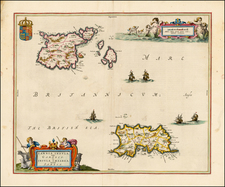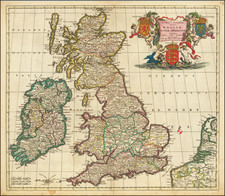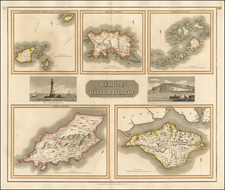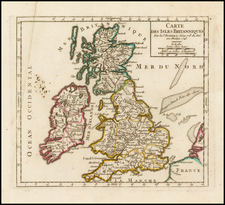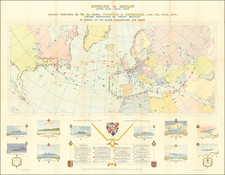First edition of Charles Booth's important early map of London, addressing the extent and distribution of poverty at a level never before illusrtrated.
The first edition of Booth's poverty maps were based on information gathered from School Board visitors. The first edition comprises two maps, a single sheet map of the East End and a four sheet map.
The present map is the single sheet map covering the East End, which was published in the first volume of Labour and Life of the People. Volume 1: East London (London: Macmillan, 1889) as the Descriptive Map of East End Poverty.
The map was expanded in 1891 to four sheets - covering an area from Kensington in the west to Poplar in the east, and from Kentish Town in the north to Stockwell in the south - and published in subsequent volumes of the survey. These maps are collectively known as the Descriptive Map of London Poverty 1889. They use Stanford's Library Map of London and Suburbs at a scale of 6 inches to 1 mile (1:10,560) as their base.
Charles Booth
Charles Booth was by profession the owner of a large international trading firm.
Between 1886 and 1903, Charles Booth produced a series of maps of London evaluating the social classes of London with data gathered by visiting, literally, every street in London. In the 1880s, the question of increasing poverty in an increasingly wealthy Industrial-age Britain was becoming a question of great investigation and social upheaval. A series of riots and sensational journalism sparked fears of social unrest.
Booth encountered the squalid conditions of London neighborhoods while campaigning for an unsuccessful Parliamentary bid in 1865. Booth became particularly concerned by the lack knowledge about the extent and distribution of poverty in London.
In 1885 Booth contested Henry Hyndman's report that 25% of Londoners lived in poverty. Booth thought the rate was lower and set about to self-fund his own report and analysis. His twelve year project systematically gathered and mapped living conditions of in London. He ultimately concluded that the rate of extreme poverty was 31% which he revised a decade later to about 35%.









![[ Rare English Edition in Full Original Color ] Britannicarum Insularum Typus](https://storage.googleapis.com/raremaps/img/small/101659.jpg)
